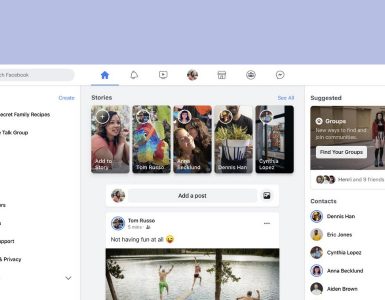Some of the distinctive advantages of the PowerVR GT7900 involve:
- Fillrate performance and Superior FP16 ALU for the low power computing at high resolution.
- Android Extension Pack, OpenGL ES 3.1 + AEP full support involving hardware tessellation (mentioning that some competitors only offer software only support) together with HDR and ASTC LDR texture compression standards (having stated that some competitors are LDR-only).
- Multi-domain hardware virtualization at the GPU + CPU level (all competing solutions are CPU-only) supporting multiple operating systems running in parallel on a single platform.
- Superior performance efficiency (no drops in long term performance – see embedded chart from the blog article).
- PowerGearing: a mechanism that defines power islands which can be dynamically controlled to reduce thermal throttling.
It involves 512 ALU cores and out puts up to 800 GFLOPS i.e. FP32, or 1.6 TFLOPS – FP16 graphics and the compute performance at 800 MHz – 16 nm FinFET plus; to provide you with an idea of how it stacks up versus the competition, a Kepler-based GeForce GT 730M from NVIDIA delivers about 550 GFLOPS (FP32) at a comparable frequency.
Furthermore, it must be mentioned that overheating was one of the most common problems affecting the flagship devices targeting ultimate performance. That factor, in the latest device, has been upgraded by making the device to deliver sustained performance. It has been made possible by the sophisticated TBDR architecture which has been refined to deliver unmatched efficiency over the years.
However, to analyse how these latest high performance parts will be used by their partners in the designs during the upcoming years together with the future of mobile and embedded graphics, you really need to attend the demonstration at the event of MWC 2015.
There would also be the latest demos running on PowerVR Rogue GPUs.






















